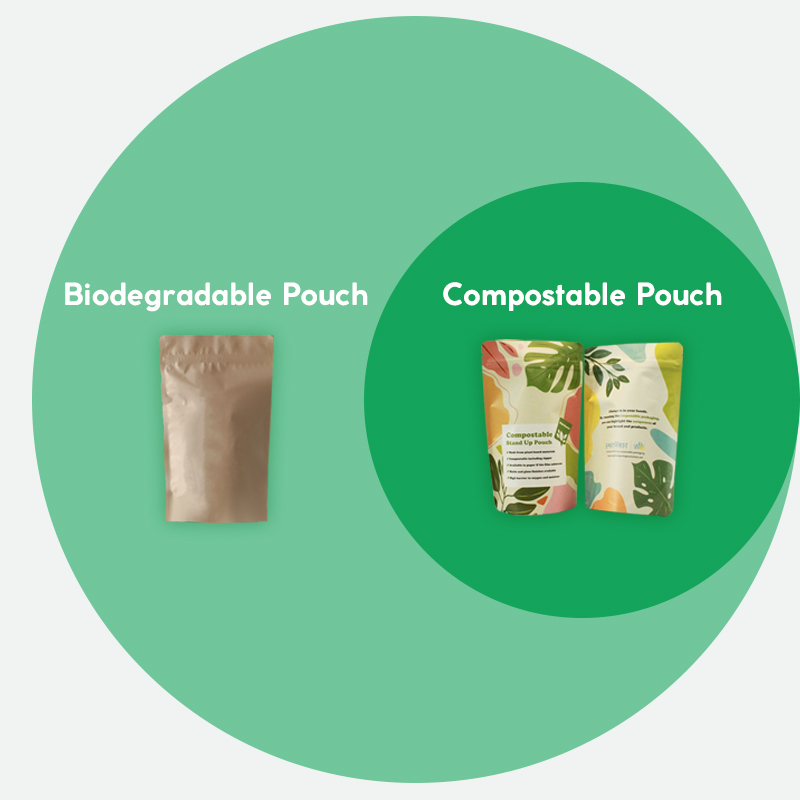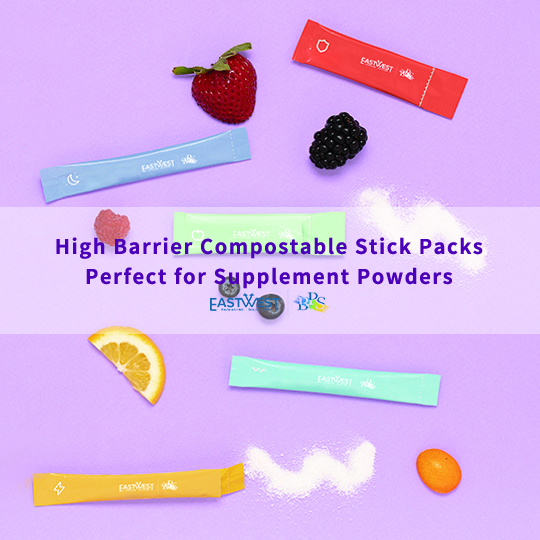The global pandemic has had a dramatic impact on perceptions of packaging. At the beginning of the year, concerns around ocean plastics, environmental tradeoffs, and challenging recycling economics dominated headlines and created a general skepticism on the value of packaging and the viability of recycling. But then the pandemic took hold and packaging has since been hailed as a key tool to ensure health and safety.
While it’s clear that the value of packaging is now more publicly recognized, prior concerns haven’t gone away. During this “great pause,” the packaging industry must reflect and prepare, ensuring that the packaging value chain offers even more value to our environment and society — and can play a key role within the economic restructuring our world will desperately need.
Here are four ways we believe the packaging value chain is likely to change post-COVID-19 and how we can prepare to help create a more robust future.
1. Consumers may appreciate the value of packaging more but will still want a circular packaging system.
Since COVID-19, there has been increased media attention on the value of packaging in providing home deliveries and a consumer preference for packaged goods. Single-use packaging is on the rise as consumers and employers want to ensure that hygiene and the potential risk of virus transmission is minimized. Packaging is now being recognized as a valued tool in ensuring product and consumer protection, increased shelf life, and safe delivery.
But the longer consumers stay at home, the more aware they may be of their consumption and disposal patterns. With no away-from-home waste collection, consumers are immediately faced with the visual impacts of their consumption. Food waste sits in their kitchen bins rather than the back of a restaurant, and product delivery comes to the home with increased amounts of packaging normally disposed at the store and out of their sight. All the packaging needed to deliver the food previously consumed at restaurants now fills the consumers’ own trash and recycling containers. And they will see higher than normal packaging materials that cannot be recycled in their curbside bins. As consumers become more aware of the impacts of consumption and disposal, it is not unrealistic that they may become even more environmentally conscious and concerned by materials that cannot be recycled easily, if at all.
We may see a shift in policy away from banning materials toward a greater emphasis on designing for the environment. We also anticipate further consideration of how to support the expansion of technologies and processes to ensure increased packaging recovery and or reuse. Investment, policy support and a coordinated innovation strategy will all be needed. This approach could offer a valued economic driver as we emerge from a virus-induced recession.
Additionally, as consumers seek to better manage their household waste, clear education and guidance on recycling may take on increased relevance.
2. Our definitions of recycling need to be expanded and harmonized.
It is widely expected that the longer our communities are engaged in social distancing practices, the more widely embraced home-delivery options will become. AMERIPEN has already noted that ecommerce packaging is vastly different from that in traditional brick-and-mortar retail. With increased vibration and movement across ecommerce distribution chains, multi-material and flexible packaging appears to be more effective in providing necessary product protection while minimizing shipping weight in addition to reducing cumulative material demand as provided through “Ships in Own Container” (SIOC) alternatives. Additionally, while meals on-the-go were already on the rise, the potential for longer term or more restricted restaurant access is likely to see an increase in takeout services and the necessary packaging involved.
In many cases these scenarios use hard-to-recycle packaging under our existing recycling systems and are often excluded from curbside programs. In the case of foodservice packaging, while some may be recyclable or compostable, fears around food contamination or a lack of access to disposal services further hinders their recovery efforts.
In a post-COVID world, where home delivery is anticipated to stay high and interest in plastics and harder-to-recycle materials is seen as a valued health precaution, emerging recovery technologies will be valuable. We need to establish definitions and policies that will support recovery options for these packaging formats.
We also need to grow and encourage research and development to identify the most effective ways to collect, sort, and reprocess emerging packaging materials and technologies so our recovery system is prepared for future consumption trends. Because ecommerce and take-away service is anticipated to continue growth, and in the current absences of mono-material alternatives with the same level of protections, we need to identify ways to separate multi-material packaging formats for recovery or identify new uses for mixed materials. Additionally, we need to identify the best ways to collect food-contaminated packaging to prevent cross contamination of other materials.
Since definitions inform goals, laws, and regulations, an expansion of what is considered recycling and alignment amongst states and international bodies to include more forms of recovery may encourage innovations in this space and help support investment.
3. Reusable packaging strategies may shift towards more industrial models.
To reduce the risk of potential viral transmission, an increasing number of quick serve restaurants have suspended the use of reusable containers, and states have begun to temporarily rescind plastic bag bans. These actions have led many to publicly explore the future of reusable packaging formats. In doing so, other industry groups have been pitted against environmental nonprofits and sides have quickly been drawn on the value of scientific studies and approaches.
AMERIPEN takes a different approach and see opportunities to redefine and commercialize reusables as an economic growth opportunity. A shift toward more industrial scale reusables, where these formats are cleaned at industrial facilities before being placed back in use, will continue to be an emerging area. The risks of relying on consumer cleaning practices and viral transmission through multiple hands is decreased through this approach.
But these programs are nascent and further expansion will require additional support. Both policy shifts and financial investments are needed towards advancing our ability to safely scale hygienic processes for reusables. More research and development will be needed to help test and trial different designs and systems for various reuse opportunities.
4. Social distancing and transmission concerns will drive automation in hauling and sortation.
Some communities across the country are modifying or temporarily ceasing curbside collection and recycling programs. These cities and towns are struggling to maintain staffing levels for collection programs, and to maintain safe sortation processes that achieve social distancing requirements.
Some programs that rely on smaller containers without automated collection are temporarily closing to protect employee health. Larger programs that are making use of carts appear to be less affected. In recycling sortation facilities, the use of optical sorters and robotics to help improve sortation and reduce side-by-side human labor may be a natural fit. The use of these technologies is likely to increase as we look to the future of recycling.
Automation can bring long term efficiencies but there’s a cost to these investments at a time when city and state budgets will be stretched to support economic recovery. The packaging industry has already identified effective strategies to increase collaboration between investors, packaging companies, and recyclers and recognizes that collaboration will be even more imperative moving forward.
Re-imagine and act.
As we look to the future of a post-pandemic world, we have an opportunity to take a pause from business-as-usual to assess and re-imagine where our structural weaknesses lay. To begin with, we need to start seeing packaging as a system and explore the impacts one shift in the value chain has on another. Doing so will help us pull together stakeholders from across the value chain to continue to create a shared vision of the packaging value chain of the future.
The creation of unified strategy that recognizes the value of packaging but also emphasizes ways to address our weaknesses could create economic value, get displaced workers back to work, and strengthen our supply chains. It won’t be easy and it may not be cheap, but if we can align the packaging value chain around a strategy that is steeped in the principles of environmental and human health protection, we can find ways to drive increased efficiency for the mutual benefit of our society, environment, and economy.
Sustainable packaging is much more than just design. It requires systems thinking, uncovering, and addressing unintended consequences — and advance planning. Let’s continue the discussion to advance a circular economy and meet these changing consumer needs.
Source From: Packaging Digest
Clink the below link to view a variety of sustainable packaging solutions that BPS is proud to offer:

 Eco-Friendly Packaging Materials The Next Wave in Sustainable Design, Right at Your Fingertips!
Eco-Friendly Packaging Materials The Next Wave in Sustainable Design, Right at Your Fingertips!
 Interested in Elevating Your Packaging to the New Height?
Interested in Elevating Your Packaging to the New Height?
 Compostable vs Biodegradable: Which Pouch is Best for the Environment?
Compostable vs Biodegradable: Which Pouch is Best for the Environment?
 Compostable Stick Packs for Supplement Powder
Compostable Stick Packs for Supplement Powder